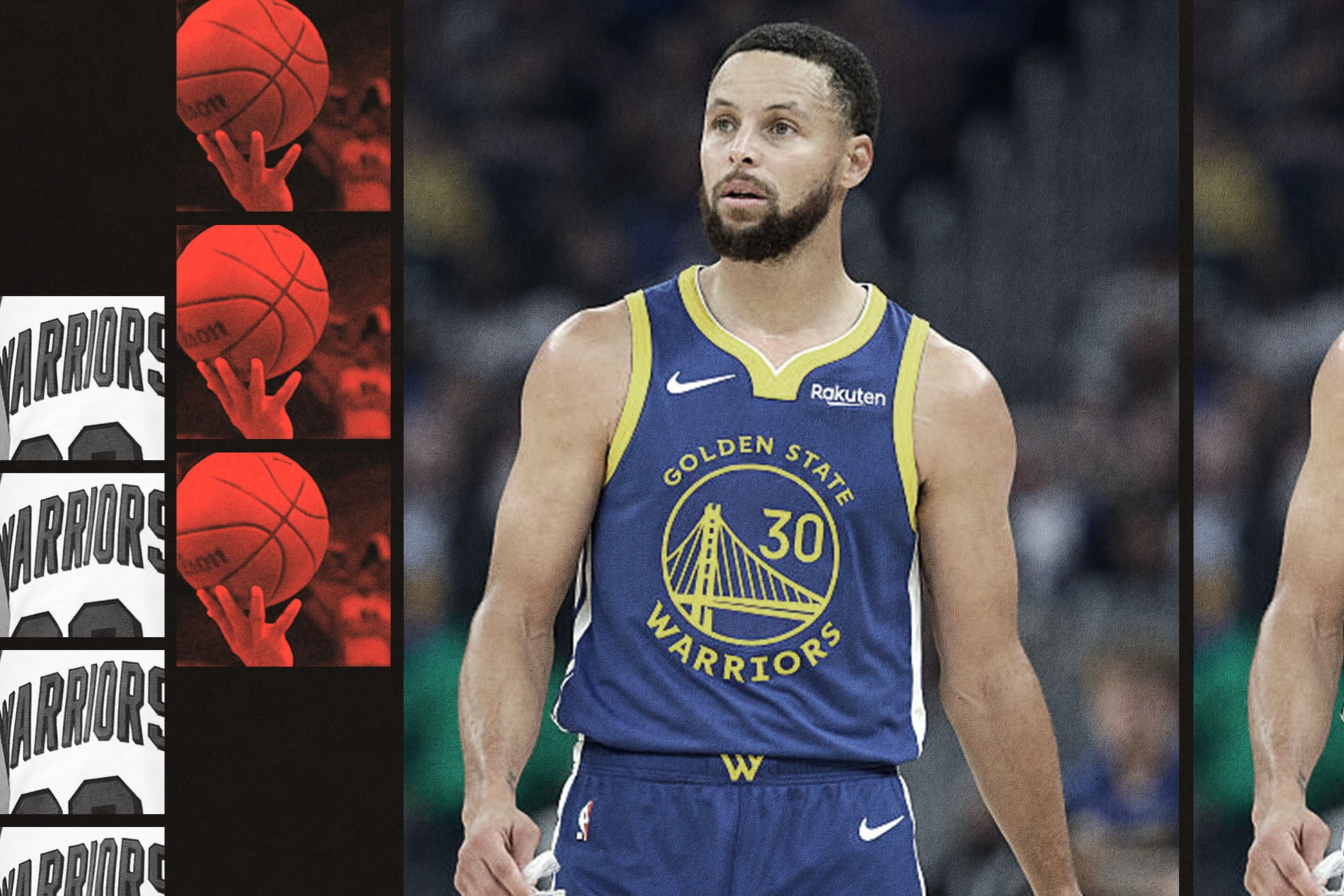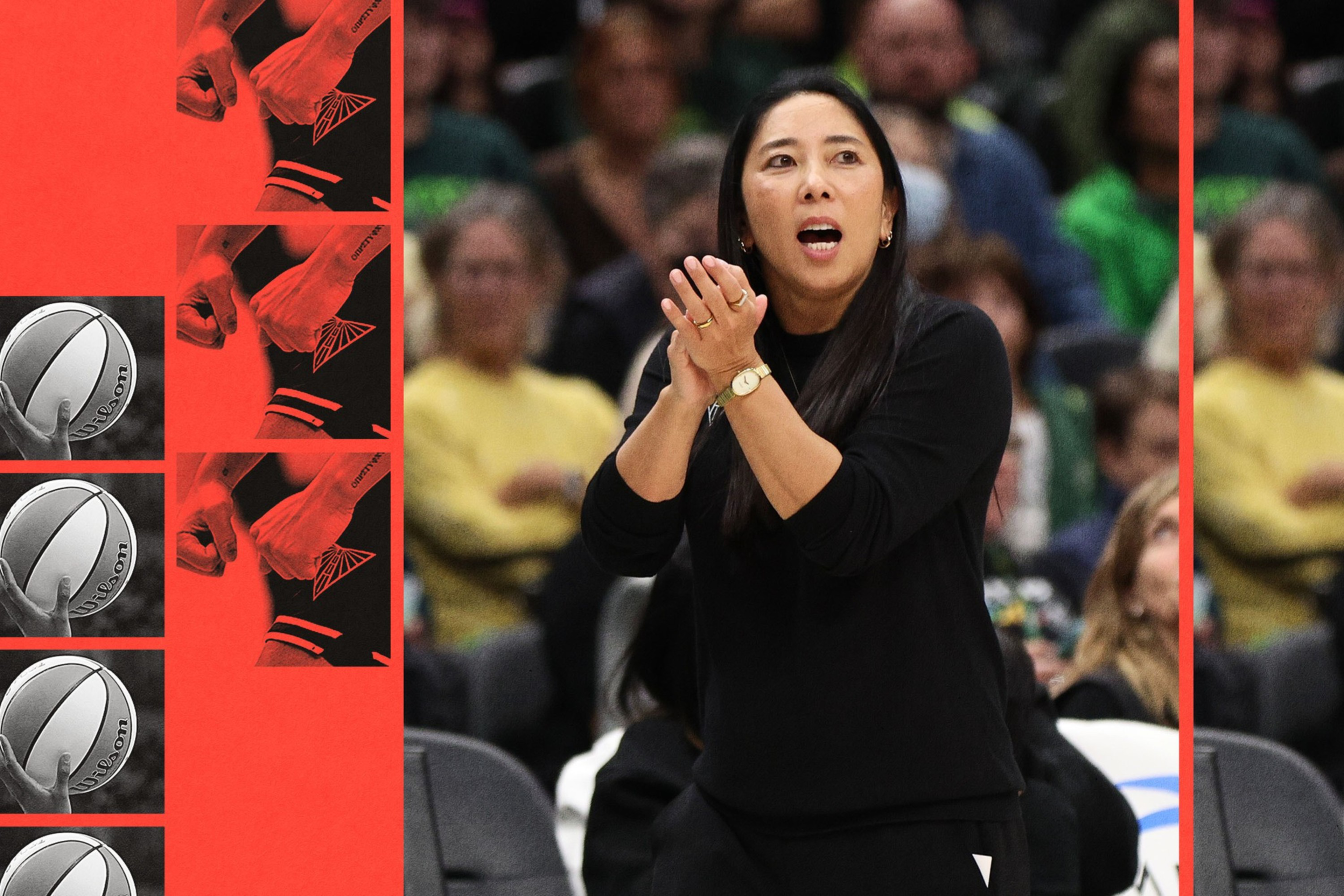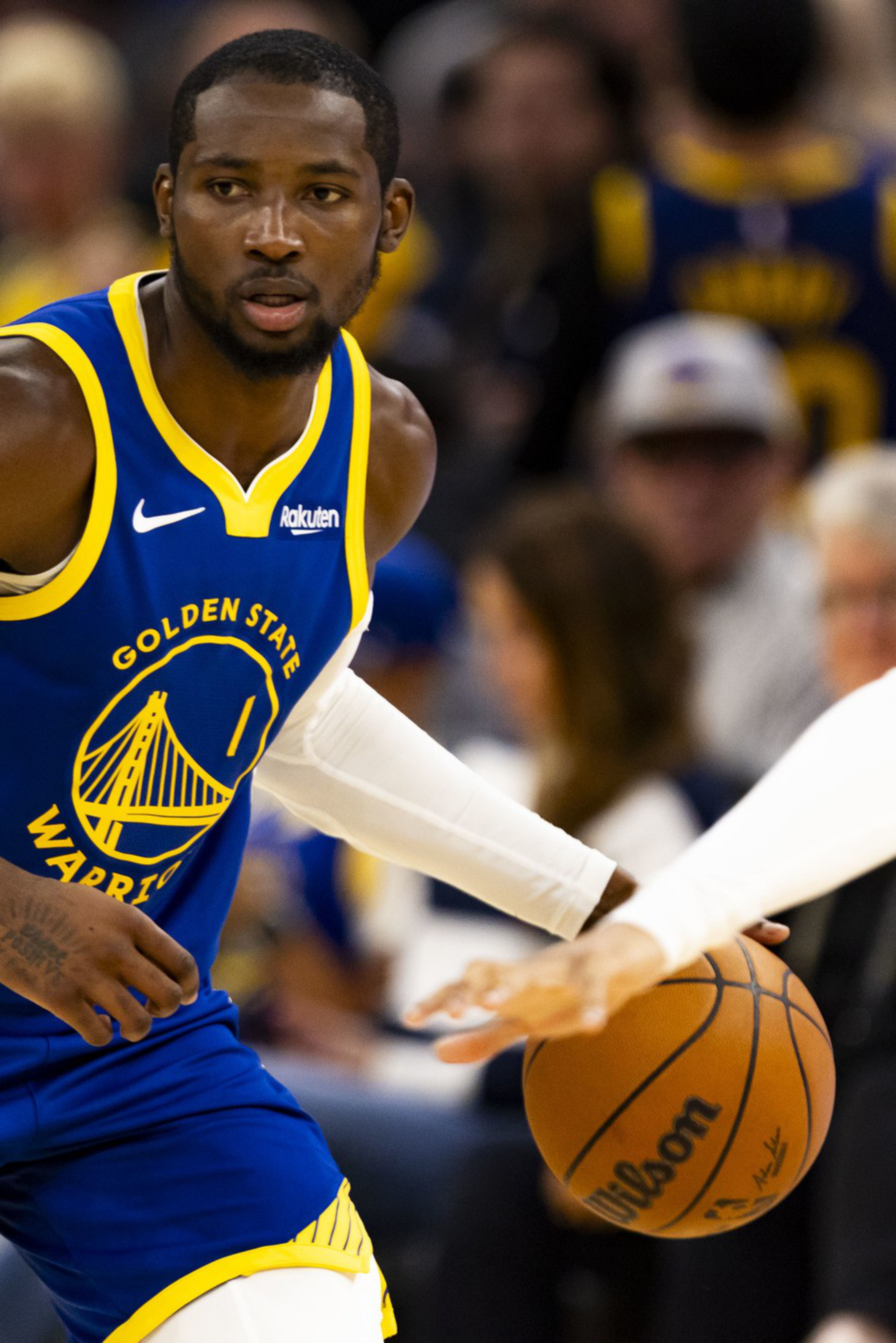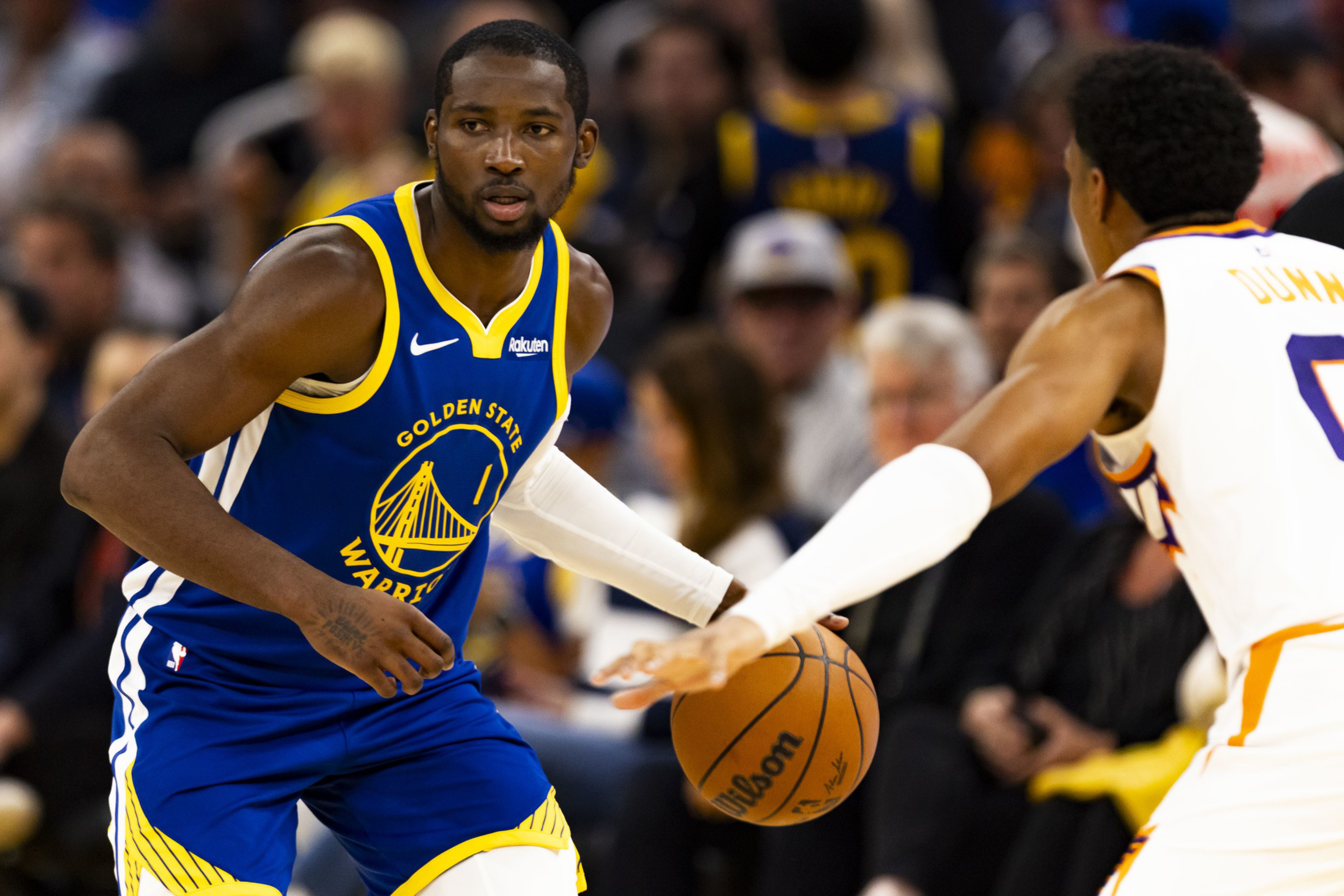This piece originally appeared in our twice-weekly sports newsletter Section 415. Sign up for the newsletter here and subscribe to the Section 415 podcast wherever you listen.
Is it too early to start putting together a holiday wishlist?
Not if you’re John Lynch, Mike Dunleavy, or Buster Posey, who are dreaming up ways to improve their rosters.
The top front office executives for the 49ers, Warriors, and Giants are all confronting a similar reality: Their teams are flawed, and their financial flexibility is limited. Whether it be salary cap constraints or owners who aren’t quite ready to make nine-figure commitments, Bay Area franchises must be creative in pursuing outside talent.
Trades, for all three franchises, are inevitable.
Section 415: Brock Purdy, Mac Jones, and the 49ers’ path to the playoffs

Section 415: Making sense of the Warriors’ uneven start

Section 415: How Natalie Nakase turned the Valkyries into an immediate force

One of the main reasons the 49ers passed up opportunities to improve at the trade deadline last week is the team wanted to conserve as much of its 2026 draft capital as possible. Kyle Shanahan is realistic about the ceiling for this year’s team, and parting with a first- or second-round draft pick for a pending free agent could have hurt the franchise’s chance of making a deep playoff run next season.
When the offseason arrives, the 49ers will likely consider a veteran addition via trade, particularly at wide receiver or any position on defense. They’ll also weigh the benefits of trading away one of their most important players from this year’s team.
Mac Jones has exceeded every expectation this year as Brock Purdy’s fill-in, and while Jones is under contract through next season, there should be several teams interested in acquiring a quarterback who clearly deserves another shot as a full-time starter. Lynch might be able to procure a second- or third-round selection in exchange for Jones, and this type of trade would provide the 49ers with the ability to select an immediate impact player among the first 100 picks next April.
The Warriors, meanwhile, are more than two months out from the NBA trade deadline, but it’s increasingly clear that Dunleavy’s job in building the 2025-26 roster is far from finished. A brutal road stretch accentuated by an embarrassing loss to the reigning champions in Oklahoma City left Draymond Green questioning the team’s commitment to winning.
Golden State can’t officially move Jonathan Kuminga until mid-January, but if the Warriors aren’t able to engineer a meaningful turnaround in the coming weeks, it wouldn’t be a shock to see a more drastic roster shakeup ahead of the NBA’s February trade deadline.
The Warriors are trying to win now and win in the future, and they can’t achieve the second goal if they’re failing at the first.
The team’s middling play is eerily reminiscent of what Bay Area sports fans have seen from the San Francisco Giants in recent years, as the club has failed to finish above .500 in four consecutive seasons. Missing the playoffs in eight of the last nine years puts immense pressure on Posey, who must be open to every potential path to improvement, including trading top prospect Bryce Eldridge.
If Giants Chairman Greg Johnson doesn’t plan to greenlight a massive payroll increase, perhaps the only way to add a front-end of the rotation starter and a solid position player is through a blockbuster trade that requires parting with a coveted young talent.
Even if the Giants don’t trade Eldridge, nearly every young outfielder and pitcher on the 40-man roster is a candidate to be moved, because the team’s wish list for upgrades is so long.
Expect the Giants to make moves in December and January, the Warriors to pursue trades in January and early February, and the 49ers to survey the market in March and April. Bold, creative transactions are on the horizon, because all three teams realize that trades open a pathway to future success.

